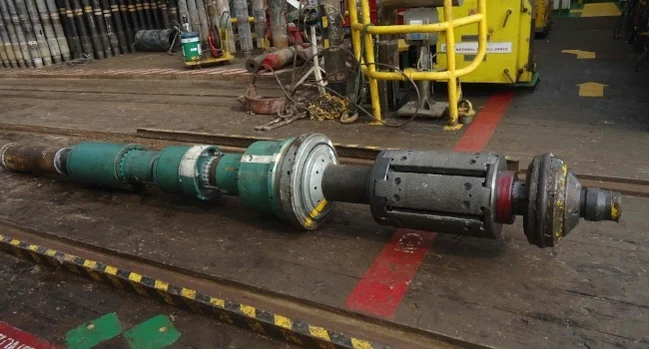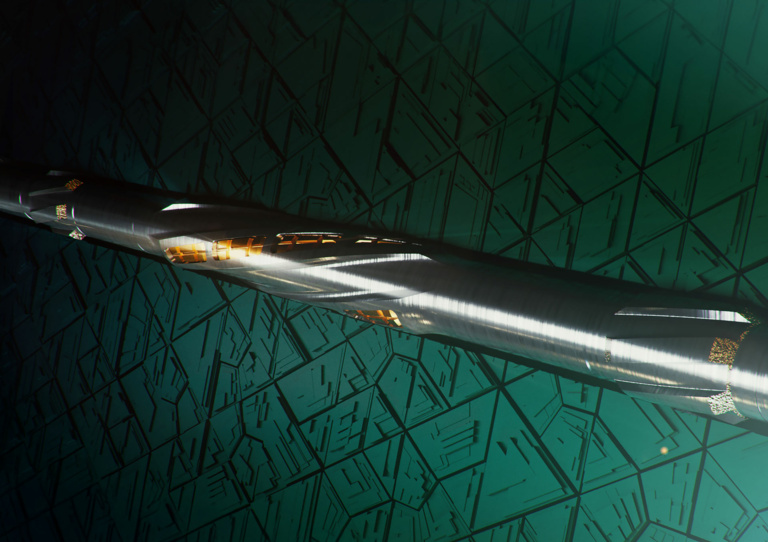Confessions of a veteran: Why I would have used the CRT
I care about the string. At least, I did when was in charge of it. The solid grip of the elevator around the box felt comforting. No one could ever convince me that hundreds of tons of casing jangling from the top drive, with an inside grip, were a safe option.
I was saved by the bell. The new technology (well, new at that point) came along when I had moved up the ranks to my ultimate level of incompetence. There, I could cash in on the benefits from the new gear without having to lay my hands on it.
Would I think differently faced with the same challenge today? Sure! I would adopt the new technology with grace and bring my team to a level of efficiency, safety and economic supremacy previously unheard. At least that’s what I like to think…
Your string is safe
The most hard-fought objection to CRTs with internal grip is that of the risk of a dropped string. The concept lives inside the experienced driller’s head. It nurtures his skepticism towards anything putting the string at stake. Not even an elevator?? Forget it!!
Using rationality to combat emotion is seldom profitable, but this is the best I’ve got: Since 2009, when OWS introduced top drive casing running using the TDCRTi, we are responsible for several hundred thousand meters of successful casing run. No dropped strings. Absolutely none. Zero!
Are you prepared?
I can easily recall the feelings awakened by an influx. The seconds matter, and you have to place the box end at the rotary, put on a swage, connect to the top drive, and then start controlling the build-up. I would have cherished the option to fight back instantly. The extra comfort of knowing that whatever happens, circulation, reciprocation and rotation would literally be in my hands. Right there, from inside the drillers cabin…..beautiful!
All the way down
There is a misconception that the easier wells will not benefit from top drive casing running. Who would not benefit from a smoother, safer, less time-consuming casing process, I wonder. The method has proven itself beneficial in areas considered easy and with several wells already drilled.
As we speak, different companies are working to enable making up the casing hanger with a CRT. Cameron’s solution with locking dogs is already running on fixed platforms. So start to picture yourself sitting in the drillers cabin the entire journey to TD.
Speed
Most of us oldtimers have never been able to beat our performances from the seventies when safety concerns were not top of mind. From the perspective of today’s safety culture, these records seem carved in stone.
What amazes me, though, is how the obvious speed enhancing potentials are overlooked, even in today’s very tight market. With a dual derrick rig, it is possible to run close to fifty joints an hour!
It’s almost like being a young man again.
Slow evolution
A company man or a tool pusher may have good reasons to withstand the demands for new solutions. I had, and in hindsight, I find them sound. I would never underestimate the enormous responsibility put on the drill crew’s shoulders. Nor would I disrespect a decision to go for the well-known methods evidently delivering great results.
Evolution is slow – it took us a few years to get from crawling to walking. The high-risk nature of our business demands reliable, proven evidence that new methods are absolutely safe. Hundreds of thousands of meters casing run with the TDCRTi, without any security concerns, is that evidence. It’s time to put your hands on the gear and start walking.
Topics: Casing Running, TRS

By: Hans Petter Moen
Hans Petter Moen has more than 30 years’ experience from the offshore / onshore oil & gas industry as Drilling Section Leader and Drilling Supervisor. He is currently Adviser Marketing, Technology & Operations at Odfjell Well Services.



